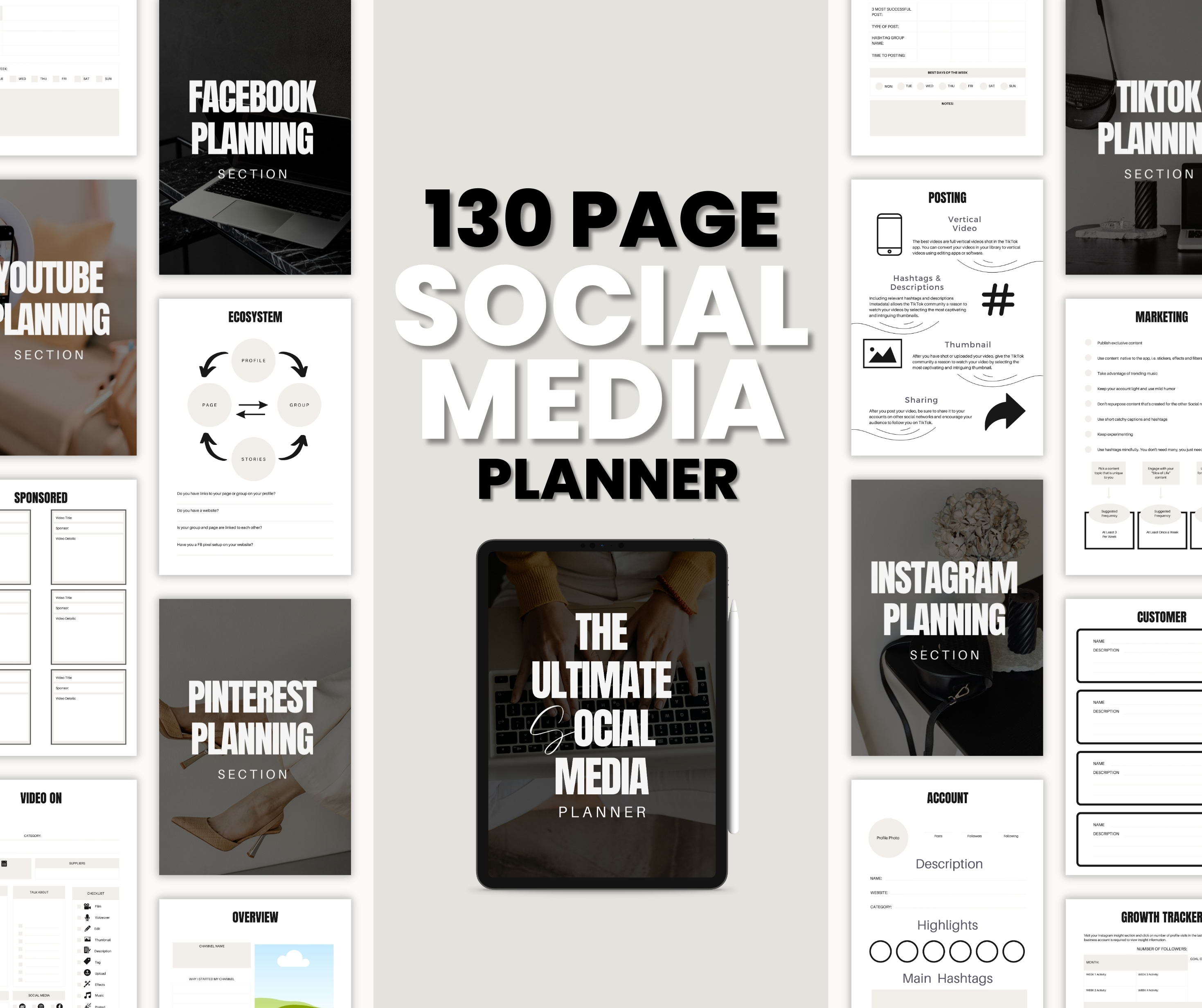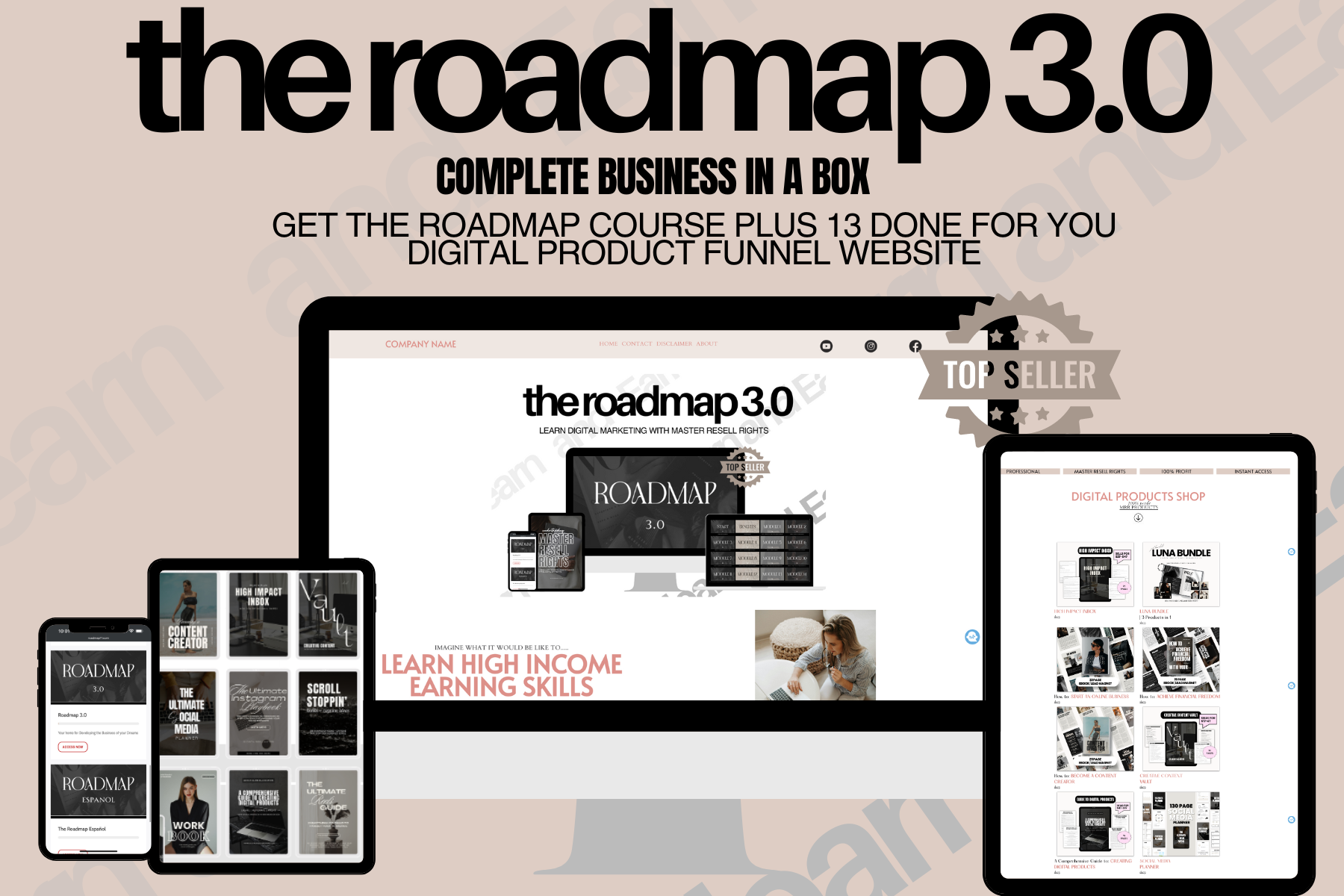
The Ultimate Guide to Creating a Successful Digital Product Launch
The Ultimate Guide to Creating a Successful Digital Product Launch
Launching a digital product can be a thrilling experience, but it can also be overwhelming if you don't have a clear plan in place.
With so many moving parts, it's easy to get bogged down in the details and lose sight of your goals.
That's why I've put together this comprehensive guide to help you navigate the process and achieve a successful digital product launch.
Phase 1: Pre-Launch (Weeks 1-4)
The pre-launch phase is where you lay the foundation for a successful digital product launch. This is where you define your target audience, set clear goals and objectives, and create a plan for your launch.
A. Define Your Target Audience
* Identify your ideal customer and create a buyer persona
* Research your competition and understand your market
* Determine the needs and pain points of your target audience
B. Set Clear Goals and Objectives
* Define what success means to you and your business
* Set specific, measurable, achievable, relevant, and time-bound (SMART) goals
* Determine your launch timeline and milestones
C. Create a Pre-Launch Content Calendar
* Plan and create content that will engage and educate your audience
* Use a mix of blog posts, social media, email marketing, and other channels
* Tease your product and build anticipation without giving too much away
D. Build an Email List and Create a Lead Magnet
* Create a lead magnet that will attract potential customers and encourage them to opt-in to your email list
* Use email marketing campaigns to nurture your leads and build trust
* Use segmentation to tailor your messaging and improve engagement
E. Set Up Your Sales Page and Payment Processing
* Create a sales page that effectively communicates the value of your product
* Set up a payment processing system that is secure and reliable
* Test your sales page and payment processing to ensure a smooth customer experience
Phase 2: Launch (Weeks 5-6)
The launch phase is where you put all your hard work into action and release your digital product to the world. This is where you execute your launch plan, promote your product, and engage with your audience.
A. Finalize Your Product and Make Any Necessary Updates
* Ensure your product is complete, tested, and polished
* Make any last-minute changes or updates based on feedback from beta testers or early reviewers
B. Write and Schedule Launch Day Content
* Craft a compelling launch day email that showcases your product and its benefits
* Write and schedule social media posts, blog posts, and other content to promote your product
* Use attention-grabbing headlines, images, and videos to make your content stand out
C. Prepare for Launch Day
* Set up tracking and analytics to measure the success of your launch
* Test your sales page, payment processing, and email marketing automation
* Have a plan in place for any technical issues or unexpected problems
D. Launch Your Product and Engage with Your Audience
* Send out your launch day email and social media posts
* Respond to comments, messages, and reviews on social media and your website
* Engage with your audience through webinars, Q&A sessions, or other live events
E. Optimize and Refine Your Launch Strategy
* Monitor your analytics and track your key performance indicators (KPIs)
* Refine your launch strategy based on data and feedback from your audience
* Continuously improve and optimize your product and marketing efforts
Phase 3: Post-Launch (Weeks 7-12)
The post-launch phase is where you continue to promote and improve your digital product, and evaluate its performance. This is where you refine your marketing strategy, gather feedback, and plan for future updates and launches.
A. Continue Promoting Your Product
* Keep promoting your product through email marketing, social media, and other channels
* Use retargeting ads to reach users who visited your sales page but didn't convert
* Utilize influencer marketing and partnerships to expand your reach
B. Gather Feedback and Improve Your Product
* Collect feedback from customers and users through surveys, email, and social media
* Analyze feedback and identify areas for improvement
* Make updates and improvements to your product based on feedback
C. Evaluate Performance and Adjust Strategy
* Monitor your analytics and track your KPIs
* Evaluate the success of your launch and identify areas for improvement
* Adjust your marketing strategy and product roadmap based on data and feedback
D. Plan for Future Updates and Launches
* Plan and prioritize future updates and features for your product
* Develop a roadmap for future launches and promotions
* Continuously improve and refine your product and marketing efforts
Conclusion
Launching a digital product is a complex process that requires careful planning and execution.
By following the phases and strategies outlined in this post, you can set yourself up for success and achieve your goals. Remember to stay flexible
READ MORE POSTS BY THIS AUTHOR
Ramatu-The Digital PLR Mom
© Created with systeme.io






